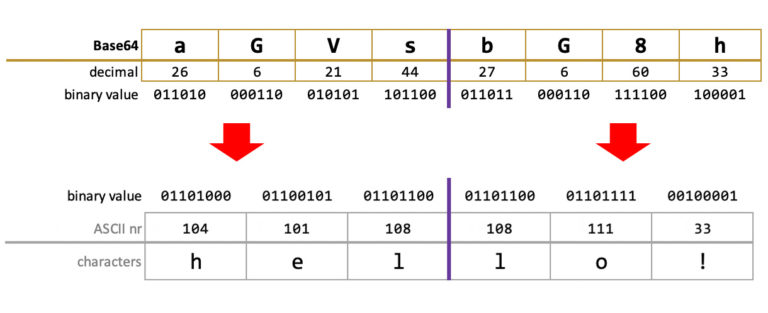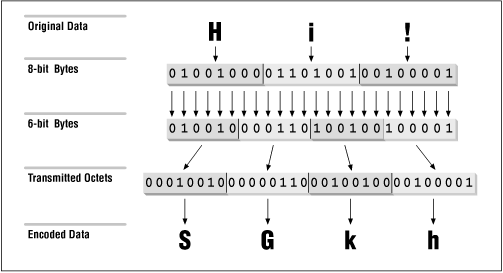

However, these factors are becoming increasingly irrelevant in the context of modern computer systems. It is also slightly more demanding computationally since it uses division rather than bit shifting. It uses a larger character set, so it is only compatible with ASCII (unlike Base64, which supports various close relatives of ASCII).
Base64 encoding overhead manual#
It is case-insensitive and uses only letters and numerals - for manual entry, this is less confusing than Base64 (which is case-sensitive and uses punctuation symbols), but more compact than Hex.ĪSCII85 is the most efficient coding system – data size increases by just 20%. If you need a user to manually enter a binary key, for example, a product activation code, Base32 is worth considering. There is one area where Base32 is quite useful. In most cases, if you are opting for a slightly more complex algorithm you might as well go for Base64 which produces smaller data. It lacks the simplicity of Hex, but it is less efficient than Base64. Data size is increased by 60%īase32 falls somewhere between Hex and Base64. Base32 can also be used in place of Base64 if there is a danger that the case of letters might be altered. Numbers 0 and 1 are excluded to avoid confusion with letters. The encoding only uses upper case letters and some numerals. Use -ignore-garbage to attempt to recover from any other non-alphabet bytes in the encoded stream.

When decoding, the input may contain newlines in addition to the bytes of the formal base64 alphabet.

The algorithm is more complex than hex encoding, but the data size is only increased by 33%.īase32 uses a more restricted character set than Base64, and is therefore less efficient. The data are encoded as described for the base64 alphabet in RFC 3548. The 64 characters are compatible with normal ASCII, as well as older variants of ASCII, and EBCDIC (a predecessor of ASCII). It is not intended to be in any way human-readable, but it is designed to be compatible with as many systems as possible. In fact, it increases the size of the data by 100%.īase64 uses a larger character set to achieve a more efficient encoding. There is a major downside to these advantages. You can search it, edit it, and if you have spent enough time working with hex files you might even be able to read it, decoding it in your head as you go along. Looking at hex-encoded data in a text editor is exactly like looking at binary data in a hex editor. Each byte is encoded as a separate character pair. It is very easy to understand and implement.
Base64 encoding overhead plus#
Hex encoding has several major plus points. Base32 is less common, and ASCII85 is only really used in the context of PostScript and PDF. Of the main four binary encoding schemes, Hex and Base64 are the most commonly used.


 0 kommentar(er)
0 kommentar(er)
